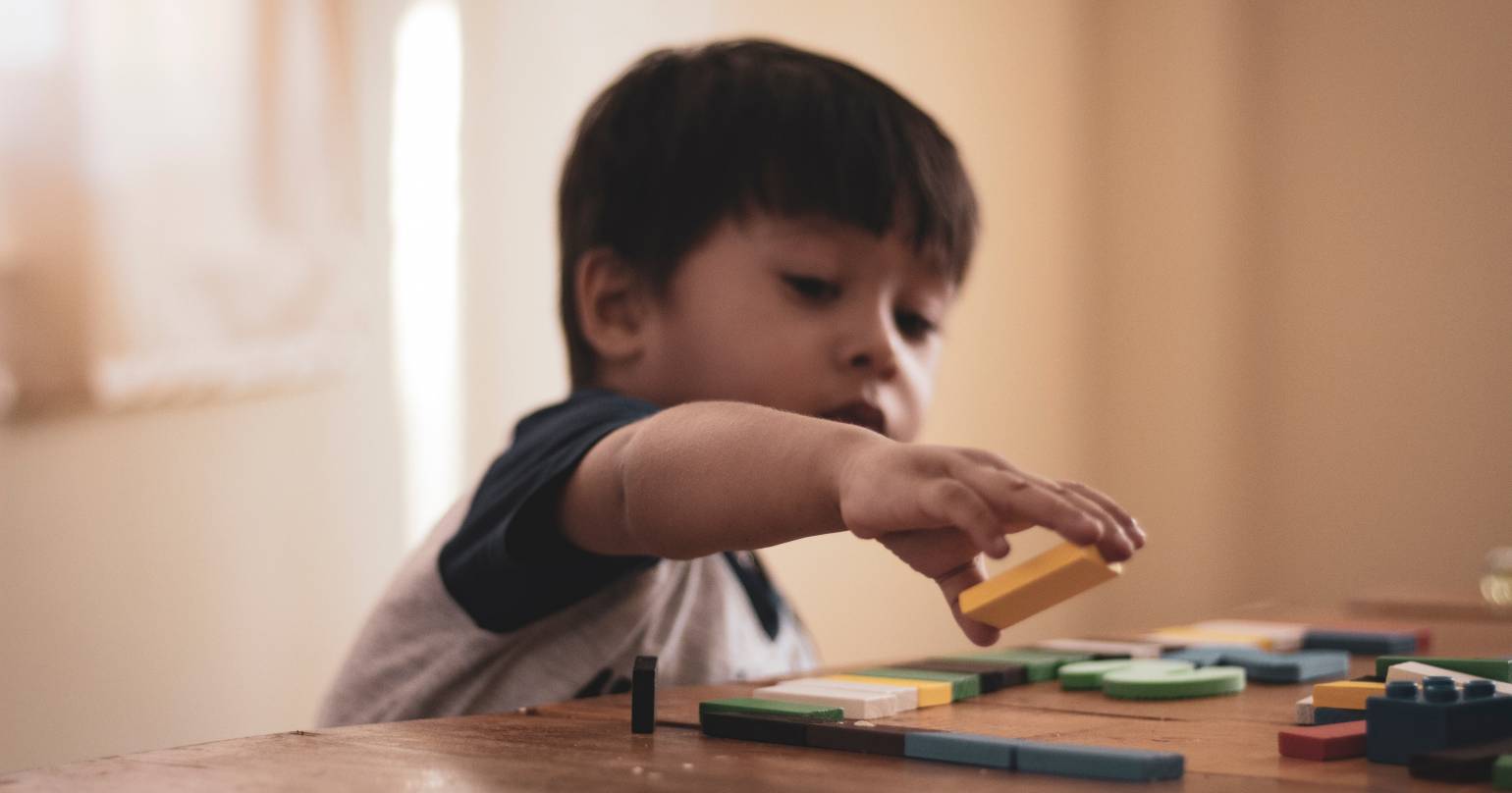In the last post I told you about some of the qualities you should look for in a Board Certified Behavior Analyst (BCBA). One of them was reinforcing. ABA should be fun and rewarding for your child. They should enjoy the time they spend with their BCBA and Registered Behavior Technician (RBT). Reinforcement equals reward, and that is the key to successful ABA. So, what exactly is reinforcement and how do you use it?
Remember the ABC’s of ABA? They are Antecedent, Behavior, and Consequence. Reinforcement is a consequence. It rewards your child for the behavior they just engaged in and makes it more likely that they will act that way again in the future. Here’s an example:
Whenever your child wants a cookie he/she points to the cookie jar, whines, and cries until you give him/ her a cookie. Pointing, crying, and whining always gets him/her a cookie, therefore it is reinforcing. Now, those behaviors occur every time he/she wants a cookie.
After working with the BCBA for a while, your child has now learned a more appropriate way of getting a cookie:
Now when your child wants a cookie, he/she says “cookie” and you give him/her a cookie. Saying “cookie” is followed by getting a cookie, therefore it is reinforcing. Your child has now learned that pointing, crying, and whining no longer gets him/her a cookie, but simply saying “cookie” does.
The thing to remember about reinforcement is that it is rewarding a behavior and making it more likely to happen in the future. But, what if it’s rewarding the wrong behavior like in the first example of getting a cookie? Your BCBA will observe and work with your child in order to determine the function of his/her behavior and what type of reinforcement will be most effective. Next time, I’ll tell you about the four functions of behavior and how they relate to reinforcing your child’s behavior.

